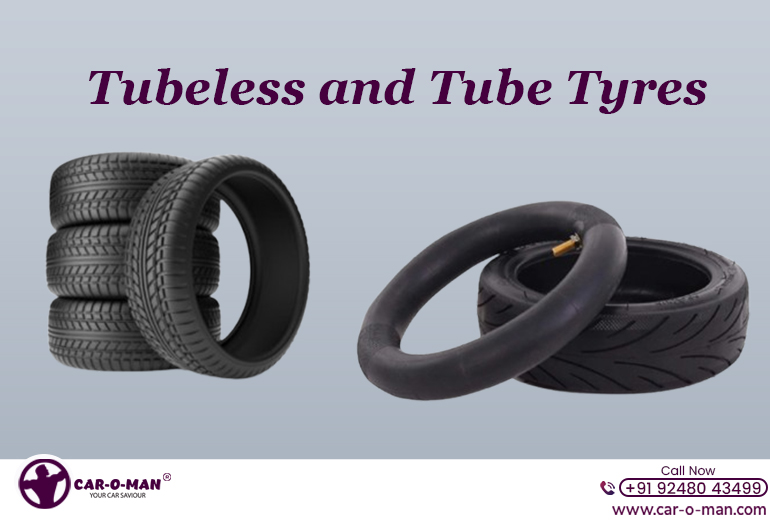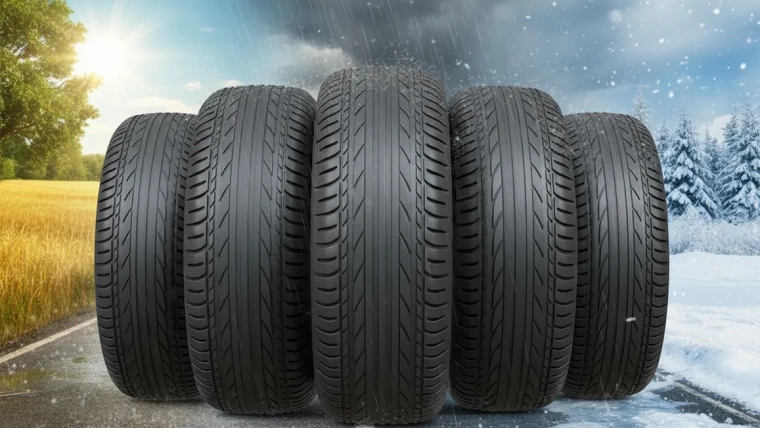As you ponder the journey of tubeless and tube tyres from their inception to current significance, you might find yourself intrigued by the contrasting paths these two technologies have traversed. From initial doubts and technical hurdles to the realm of improved safety and performance, the evolution of these tyre types unveils a tale of innovation and adaptation. But what sets them apart in their quest for relevance, and how do these differences shape the future of automotive mobility? The answers lie in a closer examination of their distinct trajectories and the impact they have had on the industry.
The Invention of Tube and Tubeless Tyres
The invention of tube and tubeless tyres revolutionized the automotive industry by introducing a significant advancement in tire technology. Tube tyres, the traditional variant, consist of an inner tube that holds the air pressure, enclosed by the outer tyre.
In contrast, tubeless tyres integrate an airtight seal into the tyre, eliminating the need for a separate inner tube. This innovation offers several advantages, including reduced chances of sudden deflation in case of punctures, lighter overall weight leading to improved fuel efficiency, and enhanced safety due to better heat dissipation.
Furthermore, tubeless tires exhibit improved durability as the absence of a tube reduces the risk of pinch flats and blowouts. The ability of tubeless tires to maintain pressure for longer durations enhances driving comfort and stability, making them a great option for Multi-Brand Car Service In Hyderabad.
Despite the initial challenges faced during their introduction, such as the need for specialized rims and higher fitting costs, the benefits of tubeless tires have propelled them to become a popular choice in the automotive industry.
Early Adoption and Challenges Faced
Early adopters of tubeless tires encountered various technical and financial obstacles that hindered their widespread acceptance in the automotive market. One of the primary challenges faced was the need for specialized rims capable of creating an airtight seal with the tire beads. This requirement added to the initial cost of adopting tubeless technology, making it less attractive to manufacturers and consumers alike.
Additionally, the early tubeless tires had issues with bead retention, leading to concerns about safety and reliability. Another significant hurdle was the lack of standardization in tubeless tire design and compatibility with existing wheel systems. This lack of uniformity made it difficult for manufacturers to produce tires that could fit a wide range of vehicles, limiting the market penetration of tubeless technology, even in services like Old Car Restoration In Hyderabad.
Moreover, the initial skepticism surrounding the durability and performance of tubeless tires further impeded their adoption. Despite these challenges, advancements in technology and manufacturing processes would eventually pave the way for tubeless tires to overcome these initial obstacles and gain broader acceptance in the automotive industry.
Advancements in Technology and Performance
Advancements in technology and manufacturing processes have significantly enhanced the performance and reliability of tubeless tires, addressing many of the initial challenges faced during their early adoption phase. The integration of advanced materials such as high-performance polymers and aramid fibers has led to increased puncture resistance and improved durability.
Innovations in bead designs, including the use of carbon fiber and Kevlar reinforcements, have enhanced the seating of the tire on the rim, reducing the risk of bead unseating during high-stress maneuvers.
Moreover, advancements in sealant formulas have improved the self-sealing capabilities of tubeless tires, effectively sealing punctures as they occur. The development of tighter tolerances in manufacturing processes has resulted in better consistency in tire shape and size, leading to improved handling and stability at high speeds.
Additionally, the optimization of tread patterns and compound formulations has enhanced traction and cornering performance, making tubeless tires a competitive choice for a wide range of vehicles and terrains, even in services like Car Painting In Hyderabad, where precision and quality matter.
Impact on Safety and Maintenance
Significant improvements in safety and maintenance protocols have emerged as a key result of the widespread adoption of tubeless tires in the automotive industry. Tubeless tires offer enhanced safety due to their design. In case of a puncture, the air loss is gradual, allowing the driver to notice and react to the issue more effectively. This gradual air loss reduces the risk of sudden blowouts, enhancing overall road safety.
Additionally, the absence of an inner tube eliminates the risk of sudden tire bursts caused by tube punctures or failures. Maintenance-wise, tubeless tires require less frequent attention compared to their tube counterparts. The elimination of tubes reduces the chances of air leakage, common in tube tires due to aging or improper installation.
This results in longer intervals between tire pressure checks and maintenance, contributing to convenience and peace of mind for drivers. Overall, the adoption of tubeless tires has significantly improved safety and maintenance standards in the automotive industry.
Current Market Share and Trends
The current market share and trends in the automotive industry regarding tubeless and tube tires highlight a shift towards increased adoption of tubeless technology for various vehicle types. Tubeless tires have been gaining popularity due to their numerous advantages over traditional tube tires.
In recent years, the market share of tubeless tires has steadily increased, particularly in the passenger car and motorcycle segments. This growth can be attributed to factors such as improved safety, better fuel efficiency, and reduced maintenance costs associated with tubeless tires.
In terms of market trends, manufacturers are focusing more on developing advanced tubeless tire technologies to meet the evolving demands of consumers. Innovations such as run-flat tires, self-sealing tires, and eco-friendly materials are gaining traction in the market.
Additionally, the increasing preference for electric vehicles is also driving the demand for tubeless tires, as they offer lower rolling resistance compared to tube tires, thereby contributing to enhanced range and efficiency.
Future Prospects and Innovations
Innovative tire manufacturers are spearheading research and development efforts to enhance the performance and sustainability of tubeless tire technology in response to evolving consumer needs and industry demands. One of the key future prospects is the continued advancement in sealant technology to address punctures more effectively. Manufacturers are working on developing sealants that can quickly and reliably seal larger punctures, reducing the need for immediate tire changes.
Moreover, advancements in bead technology aim to improve the ease of installation and compatibility with a wider range of rims. By enhancing the bead design, manufacturers are striving to create a more secure and airtight seal between the tire and the rim, reducing the chances of air leakage.
Additionally, the integration of smart technology into tubeless tires is a promising innovation on the horizon. Incorporating sensors that can monitor tire pressure, temperature, and tread wear in real-time can enhance safety and performance while providing valuable data for maintenance and optimization.
As the tire industry continues to evolve, these innovations are set to shape the future of tubeless tires, offering improved reliability, performance, and convenience for consumers.
The journey of tubeless and tube tyres from invention to relevance has been marked by significant advancements and challenges.
While tube tyres have been a traditional choice, the adoption of tubeless tyres has increased due to improvements in safety, durability, and maintenance.
The evolution of technology, materials, and manufacturing processes has propelled the shift towards tubeless tyres, reflecting a continual drive towards innovation and enhanced performance in the automotive industry.


